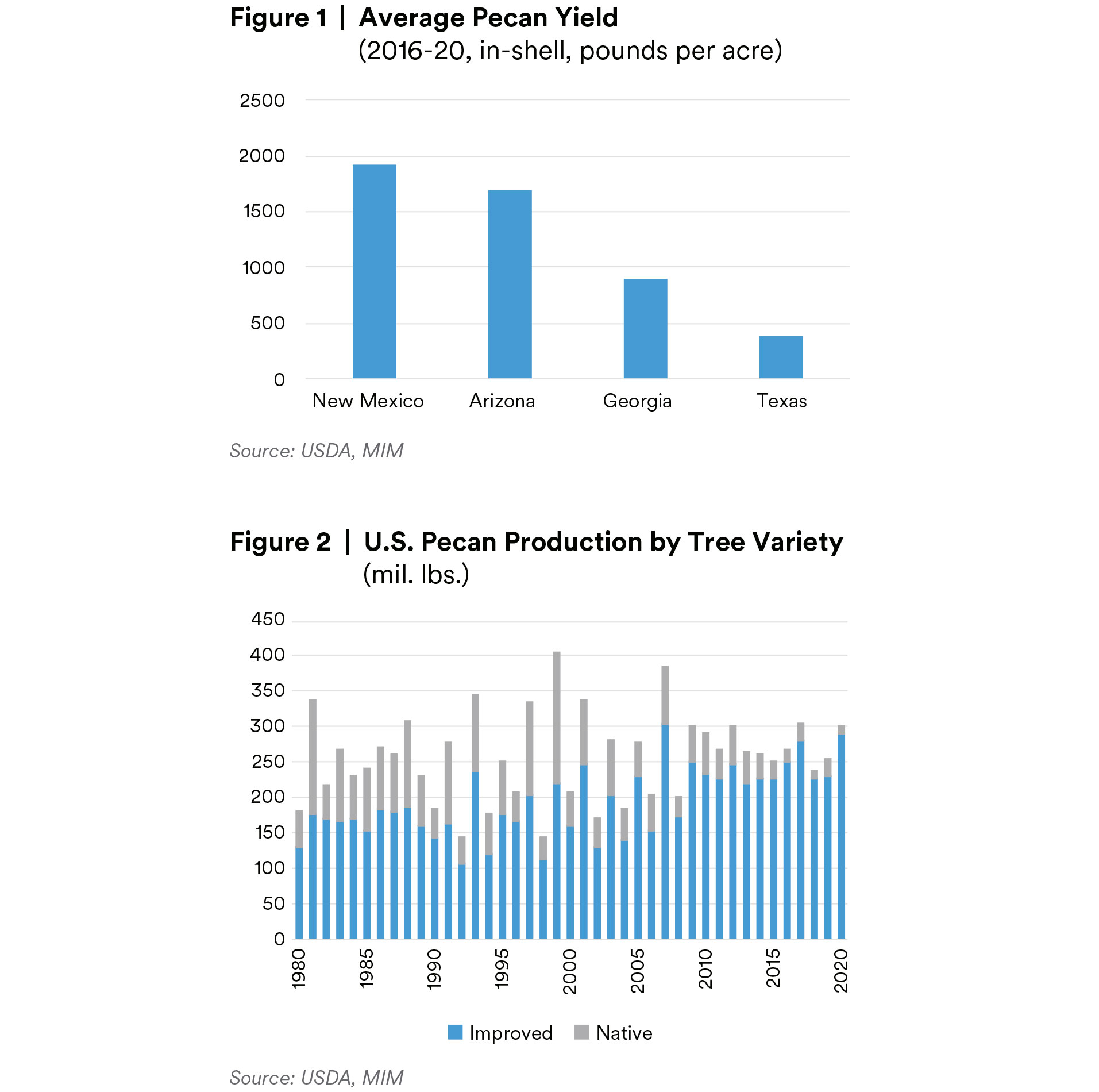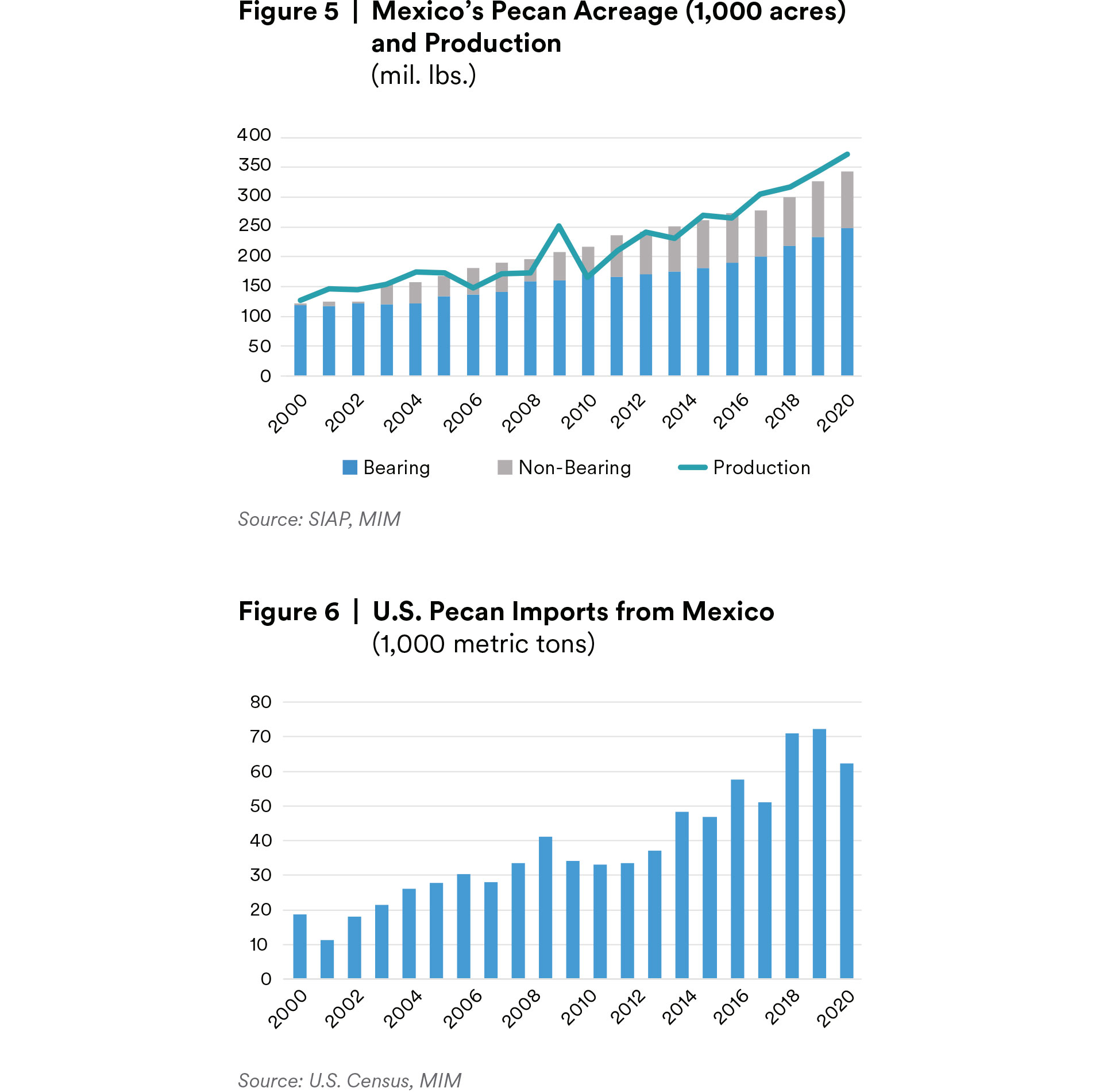This site is intended for professional investors only.
Please read our Terms of Use and the important disclosure below before proceeding.
By clicking Accept, you represent that you have read and understood our Terms of Use and the information below, you fall within a permitted category of investor and you are not in breach of any laws or regulations applicable to you by accessing this website.
The information contained in the website is not for use within any country or jurisdiction or with any persons where such use would constitute a violation of law.
United States
If you are a resident of, or are present in, the United States, you represent and warrant that you are (or are acting on behalf of) an “accredited investor” within the meaning of Rule 501 of Regulation D under the U.S. Securities Act of 1933, as amended, and a “qualified purchaser” within the meaning of Section 2(a)(51) of the U.S. Investment Company Act of 1940, as amended, and the rules thereunder.
The information on this website is issued by MetLife Investment Management, LLC (MIM LLC), a U.S. Securities Exchange Commission-registered investment adviser. MIM LLC is a subsidiary of MetLife, Inc. and part of MetLife Investment Management. Registration with the SEC does not imply a certain level of skill or that the SEC has endorsed the investment adviser.
United Kingdom
If you are a resident of, or are present in, the United Kingdom, you represent and warrant that you are (or are acting on behalf of) a “professional investor” as defined under the Markets in Financial Instruments Directive.
The information on this website (the “Information”) is issued by MetLife Investment Management Limited (“MIML”) for the purposes of providing information on products and services provided by MIML in the United Kingdom. The Information is not directed at persons in any other jurisdiction where the access to the Information may be contrary to applicable law or regulation.
The Information is not, and under no circumstances is it to be construed as constituting or forming an offer or solicitation to purchase or subscribe for securities or interests in any jurisdiction.
MIML is authorised and regulated in the United Kingdom by the Financial Conduct Authority under no. 623761.
As an FCA regulated entity MIML is subject to the restriction in section 238 of the Financial Services and Markets Act 2000 (“FSMA”) and the guidance set out in part 8 of the Perimeter Guidance Manual on the promotion of collective investment schemes. Therefore, any Information relating to any such scheme is directed only at persons in the United Kingdom in respect of whom exemptions from section 238 apply, including (but not limited to): (i) persons falling within any of the categories of “Investment Professionals” as defined in article 14(5) of the Financial Services and Markets Act 2000 (Promotion of Collective Investment Schemes) (Exemptions) Order 2001 (the “PCIS Order”); (ii) persons falling within any the categories of persons described in article 22 of the PCIS Order; (iii) persons falling within the categories of “certified high net worth individual” described in Article 21 of the PCIS Order or “self-certified sophisticated investor” described in Article 23A of the PCIS order; (iv) persons falling within any categories of persons described in COBS 4.12 of the FCA Handbook and (v) any other person to whom it may be lawfully directed. Persons of any other description should not view or act upon the Information.
European Economic Area
If you are a resident of, or are present in, the European Economic Area, you represent and warrant that you are (or are acting on behalf of) a “professional investor” as defined under the Markets in Financial Instruments Directive.
The Information may constitute “marketing” in the EEA as defined in the Alternative Investment Fund Managers Directive (2011/61/EU) (“AIFMD”). The Information is only directed at investors in an EEA jurisdiction where marketing may lawfully take place, including where the manager of the applicable fund is appropriately registered or authorised under AIFMD or where such investors have contacted the manager at their own initiative in jurisdictions where “reverse solicitations” are permitted.
In respect of any managed account or segregated mandates, information is issued by MIML. MIML is authorised and regulated in the United Kingdom by the Financial Conduct Authority under no. 623761, and benefits from MiFID passporting rights into a number of EEA jurisdictions.
Hong Kong S.A.R.
If you are a resident of, or are present in, Hong Kong S.A.R., you represent and warrant that you are (or are acting on behalf of) a “professional investor” as defined in Part 1 of Schedule 1 to the Securities and Finance Ordinance. (Cap. 571 of the Laws of Hong Kong S.A.R.) and the subsidiary legislation made thereunder.
The information on this website is issued by MetLife Investments Asia Limited (“MetLife Asia”) for the purposes of providing information on certain securities and securities related services legally permissible to be provided by MetLife Asia in Hong Kong S.A.R to “professional investors” (as defined above) and is intended for and directed at “professional investors” (as defined above) only. To the extent legally permissible, in providing such securities and securities related services, MetLife Asia may enter into a sub-advisory arrangement with an affiliate whereby such affiliate acts as a sub-advisor to MetLife Asia.
MetLife Asia (CE No. ADY079) is licensed by the Securities and Futures Commission of Hong Kong S.A.R. under the Securities and Futures Ordinance (Cap. 571 of the Laws of Hong Kong S.A.R.) to carry on a business in Type 1 (dealing in securities), Type 4 (advising on securities) and Type 9 (asset management) regulated activities in Hong Kong S.A.R., and may only provide its services to persons who are “professional investors” (as defined above) .
The content of this website is for information purposes only and does not constitute an invitation or a solicitation to invest in or an offer of or a solicitation to purchase the securities or securities related services mentioned herein by MetLife Asia, in Hong Kong S.A.R. or elsewhere.
The content of this website has not been reviewed or approved by any regulatory authority in Hong Kong S.A.R. If you are in any doubt about any of the content on this website, you should obtain independent professional advice.
Japan
If you are a resident of, or are present in, Japan, you represent and warrant that you are (or are acting on behalf of) a “qualified institutional investor” or a “professional investor” as defined under the Financial Instruments and Exchange Law.
This website and the information herein are not targeted at investors in Japan. The MetLife Investment Management entities may not be registered in Japan and may not intend to offer any services to investors in Japan.
Please note that for customers in Japan, our group generally offers services through MetLife Asset Management Corp. For further assistance, please see http://investments.metlife.com/regulatory-disclosures/metLife-asset-management-corp-Japan/ (in Japanese).
Australia
If you are accessing this website from Australia, you represent and warrant that you are a “wholesale client” as defined in section 761G of the Corporations Act 2001 (Cth) (the Act). MetLife Investment Management, LLC (“MIM LLC”) is exempt from the requirement to hold an Australian financial services license under the Act in respect of the financial services it provides to Australian clients. MIM LLC is regulated by the SEC under United States laws, which differ from Australian laws.
The information on this website is not financial product advice and should not be regarded as such and does not take account of your objectives, financial situation or needs. You should seek advice in relation to your personal situation.
All Other Jurisdictions
If you are a resident of, or are present in, any jurisdiction not listed above, you represent and warrant that you are (or are acting on behalf of) a Professional Investor or equivalent under the applicable regulation of your jurisdiction; you are knowledgeable regarding, and have expertise in making, investments; and you make investments as a regular part of your business.
General Information
This website is operated by MetLife Investment Management. The information contained herein is intended to provide you with an understanding of the depth and breadth of MIM’s investment management services and investment management experience. This is for informational purposes and does not constitute a recommendation regarding any investments or the provision of any investment advice, or constitute any form or part of any advertisement of, offer for sale or subscription of, solicitation or invitation of any offer or recommendation to purchase or subscribe for any securities or investment advisory services. It is not MIM’s intention to provide, and you may not rely on this document as providing, a complete or comprehensive analysis of MIM’s investment portfolio, investment strategies or investment recommendations.
The presentation of MetLife Investment Management products on these web pages as well as the dissemination of the given information may depend on local regulations. This website is not directed at individuals or organizations for whom the promotion of such products or information would be unlawful or prohibited under the relevant domestic law. Investors must inform themselves about the laws and restrictions which are applicable to them and act accordingly. Any securities mentioned on these web pages are only offered in jurisdictions where promotion and sales of their shares is permitted.
Risk Statement
All investments involve investment risk, the value of investments and any income from them may go down as well as up and you may not get back all of your original investment. Past performance is not a guarantee or reliable indicator of future results. No representation is being made that any investment will or is likely to achieve profits or losses or that significant losses will be avoided. There can be no assurance that investments similar to those described on this website will be available in the future and no representation is made that future investments managed by MetLife Investment Management will have similar returns to those presented herein. If you are in any doubt as to the suitability of an investment to you, you should consult an appropriate professional advisor.
This website may contain or incorporate by reference information that includes or is based upon forward-looking statements. Forward-looking statements give expectations or forecasts of future events. These statements can be identified by the fact that they do not relate strictly to historical or current facts. They use words and terms such as “anticipate”, “estimate”, “expect”, “project”, “intend”, “plan”, “believe”, “will”, and other words and terms of similar meaning, or are tied to future periods in connection with a discussion of future performance. Forward-looking statements are based on MIM’s assumptions and current expectations, which may be inaccurate, and on the current economic environment which may change. These statements are not guarantees of future performance. They involve a number of risks and uncertainties that are difficult to predict. Results could differ materially from those expressed or implied in the forward-looking statements.
Liability
Information on this website does not provide a complete summary or analysis of potentially relevant matters and may be based, among other things, on historic information or information available at a given time or unverified third party information which may change or be or become inaccurate, and no assurance is given as to its accuracy completeness or reliability.
Under no circumstances, including, but not limited to, negligence, shall MetLife Investment Management or another MetLife entity be liable for any special or consequential damages that result from the access or use of, or the inability to access or use, the materials on this website.




